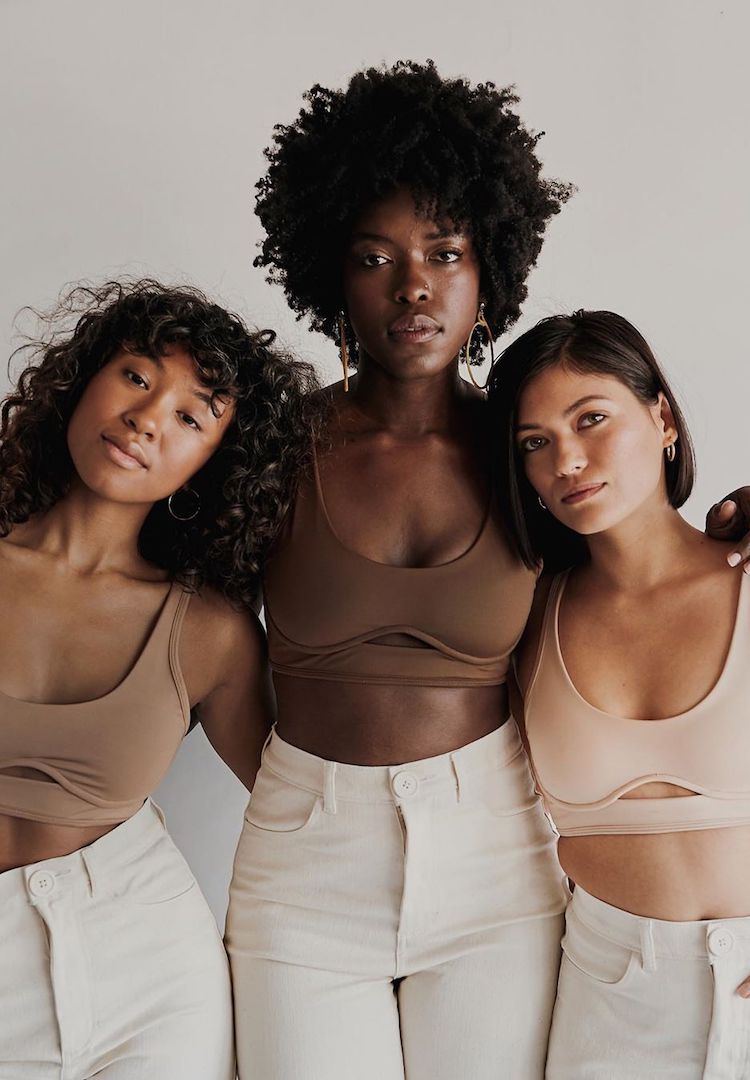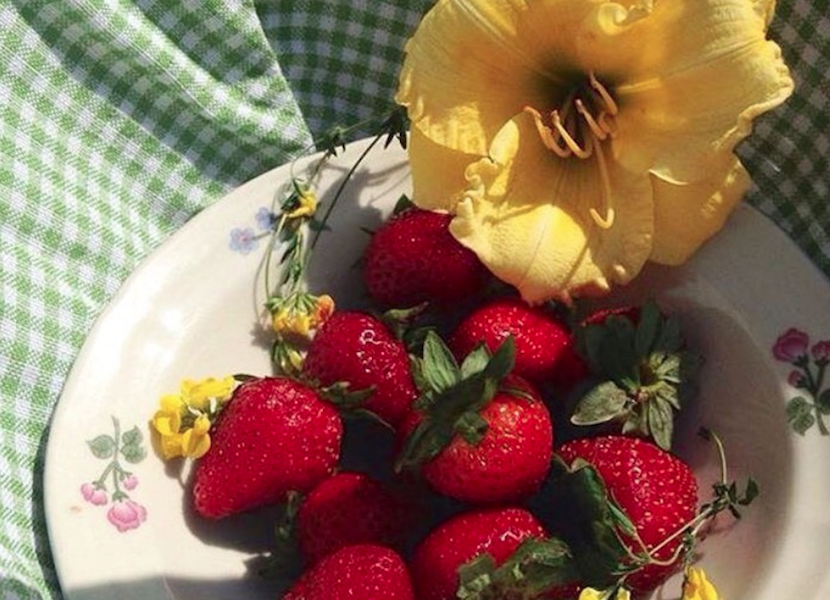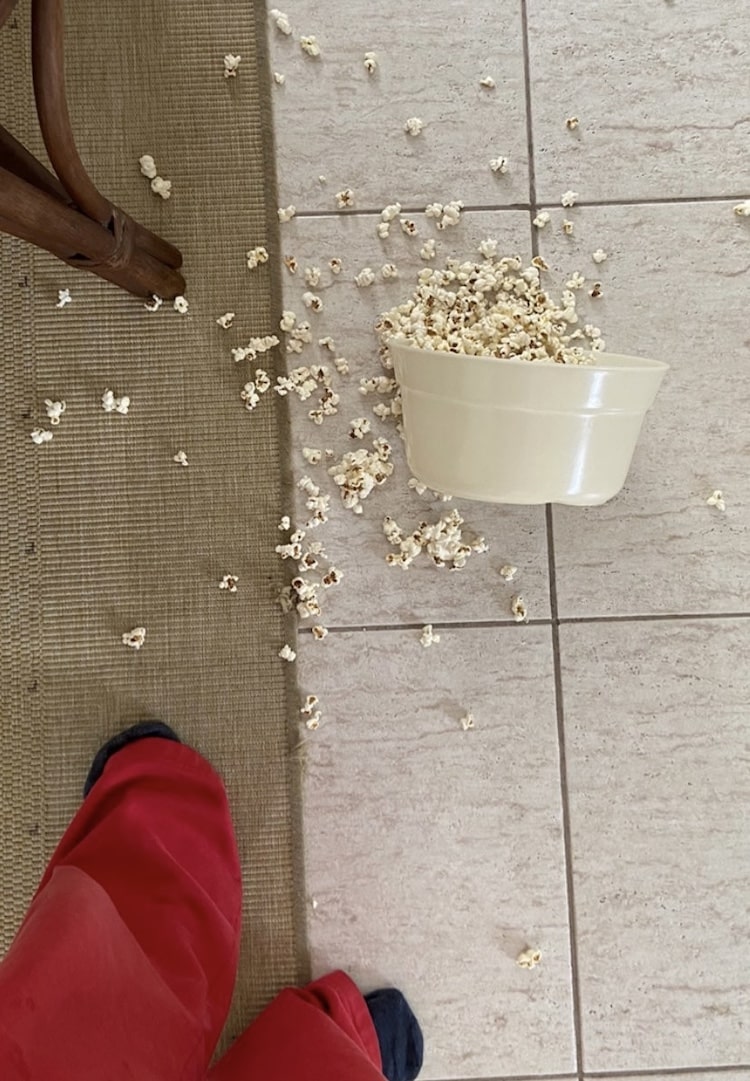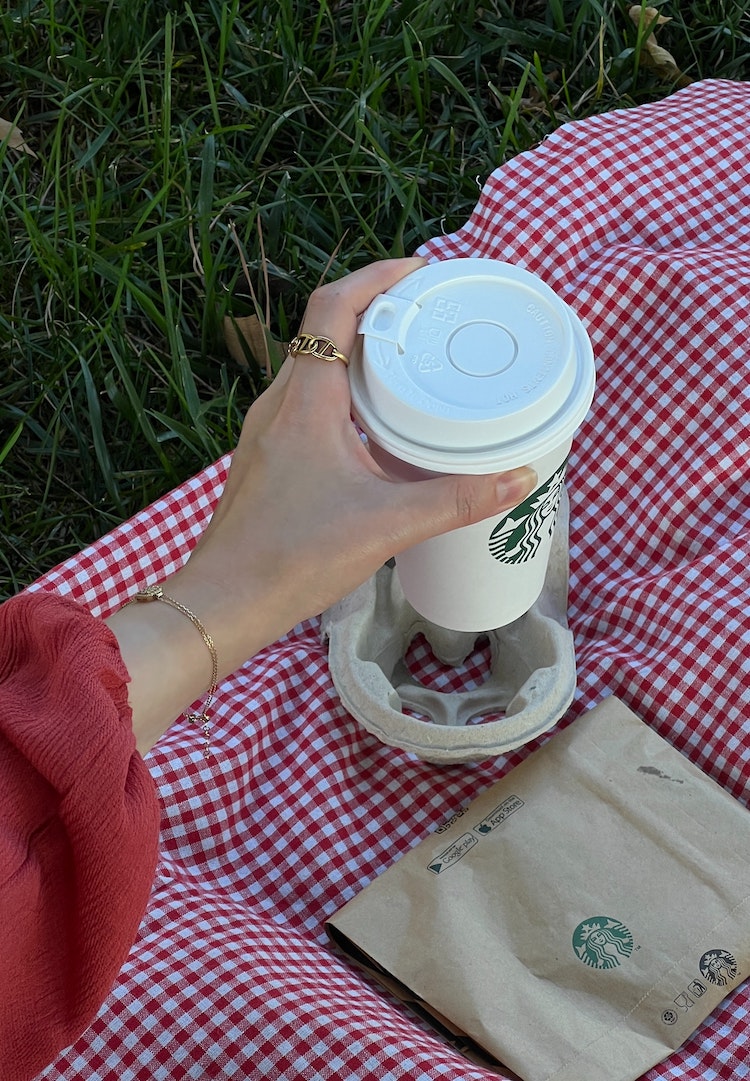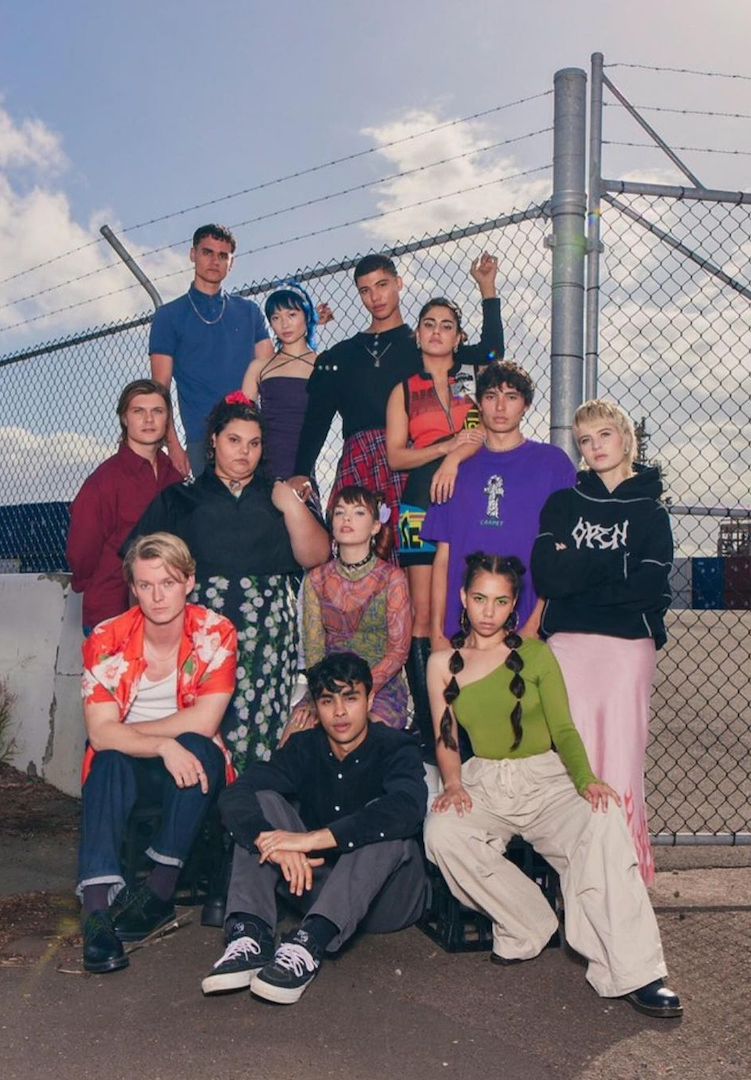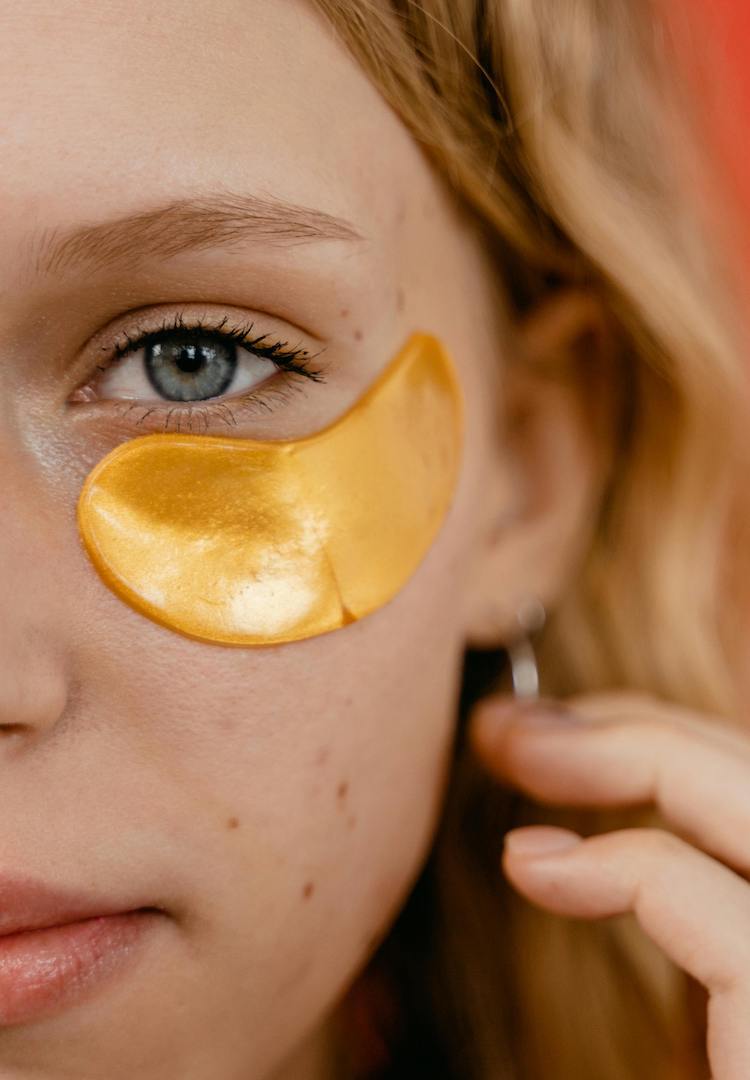What is cottagecore and why is everyone so obsessed with it?
IMAGES VIA GRAPEFAIRIES/INSTAGRAM
WORDS BY GENEVIEVE PHELAN
It seems we’re collectively falling out of love with big city life.
They say that no matter how far you run, you take your feelings with you. But in 2020, it seems like embracing somewhere far-removed and bucolic is the answer to finding meaning in the every day, and maybe even escaping ourselves.
Despite being coined back in 2018, the term ‘cottagecore’ has gained serious traction in 2020 thanks to our new (or rediscovered) fetishisation of all that is lush, evergreen and paisley following the somewhat bleak confines of lockdown.
Urban Dictionary defines cottagecore as “a niche aesthetic based around the visual culture of an idealised life on a western farm”. Common tropes of the kitsch craze include “sustainability, gardens, rural living and nature”. It’s embedded in all those Instagram stories you’ve been seeing of friends baking wholesome fruity tarts and loaves of sourdough while painting sunsets on something akin to the set of McLeod’s Daughters.
The hashtag #cottagecore has seen its biggest spike on TikTok, boasting a jawdropping 212 million-plus views, closely followed by a 541% spike in likes of cottagecore content on Tumblr since the dawn of COVID-19.
It’s even transcended digital media and seeped into the fashion set, with Brooklyn-based clothing label Batsheva‘s nostalgic dresses dazzling cottagecore fans and garnering global acclaim. The brand heroes billowing silhouettes, pastels and lacy trimmings, extending the Little Women effect (that is, making archaic styles covetable and aspirational for the modern woman).
View this post on Instagram
I should be going to bed now so good night everyone 🌙 I hope you had a good day @/ladyoflaw
Perhaps, beyond a sartorial and digital trend, it’s a deeper, psychological pining for a break from our everyday lives and our tiny apartments – we’re hungry for a respite from all the time we’ve spent indoors over the last few months. We’re dreaming up an idyllic, painterly world, far from the draconian woes of isolation.
i-D has chimed in on the trend, dubbing it ‘the pastoral fantasy aesthetic taking over TikTok’, and ‘an unguarded celebration of ethereal, bucolic girlhood’. The writer toys with the idea that the reasoning behind this ‘pastoral yearning’ is our intrinsic desire to ‘[run] away from capitalism’.
This might be the case, considering just 24 hours after restrictions were eased to allow for rural travel and overnight stays in Australia, ski lodges were ambushed, caravans were exalted to escapism-on-wheels and coastal rentals were booked through till 2030. Meanwhile, on our city streets, vigilant SWOT cleaning teams roam in high-vis, spraying traffic light buttons to remind us things are by no means ‘normal’ just yet.
A mass exodus has stripped train stations and shopping meccas and iconic laneways, gutting the cultural gateways that have previously granted us easy access to privilege and allowed us to maintain our urbane status. Usually, our reservation at Chin Chin or a photo of highrises glistening at golden hour speaks to our togetherness and congregation in the concrete jungles we call home.
It wasn’t Sex And The Country, after all. Carrie Bradshaw’s entire brand was tied to her place in the Big Apple, her iconic postcode (that we will never know how she afforded) and the many dive bars or shoe stores she flitted in and out of with her three closest confidantes.
Our cities are the creative and cultural beating hearts of Australia, and they are made for high-density populations, pubs and other pandemonium. But pandemics are anti-urban, provoking a primal desire to connect with something bigger than ourselves and our networks. We’re all trying to shake this feeling of being trapped, contaminated, touched. Perhaps it just comes down to us wanting some country over consumerism for a while.
According to British Vogue, the “analogue existence cottagecore champions seems to be underpinned by a sense of both rebellion and romanticism” that allows us to fleetingly break free of mainstream culture for a quieter alternative, a quarantine coping mechanism if you will. But maybe more recent cultural moments play a role here, too, with the charming allure of Normal People’s summer chateau seeping into our dreams and the raunchy, rural sex appeal of Call Me By Your Name keeping us up at night.
While there is so much beauty in the thrum of city life, our re-entry into high brow weekend activities like gallery tours and museum visits will inevitably feel challenging to grapple with for a while. The cityscape isn’t as validating when the patina of commotion, hustle and nightlife is whisked away. Perhaps it’s only for that reason that we’ve truly started to analyse what sustains us.
In renowned Aussie journalist Julia Baird’s recent book Phosphorescence, an intimate exploration into how we find awe in the natural world, she speaks of how we ‘hanker for the sight of green and blue’. And I must admit, I do feel a sudden desire to run like Julie Andrews in The Sound Of Music across some undulating hills.
Our burgeoning crush on cottagecore is a reminder that life itself will always go on, even when the metropolitan modus operandi of city living fails us. Maybe the solace we need can be found in something simple – like seeing sunlight streaming through a canopy of autumn trees, even if it’s on the Tan Track in South Yarra while wearing a knee-skimming shirt dress, a pastry and coffee in hand.

